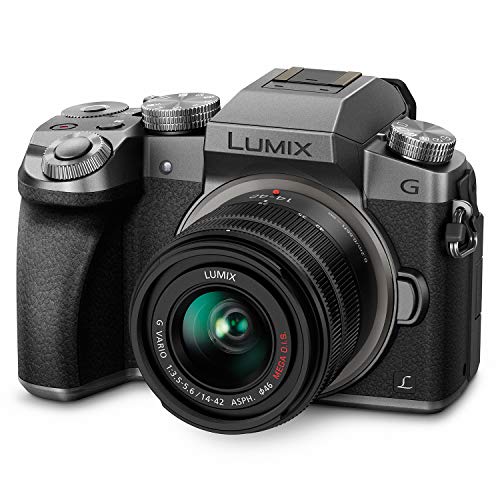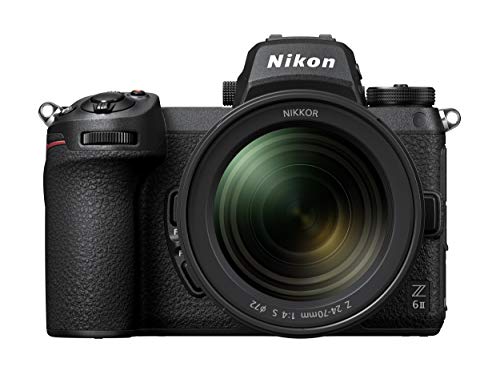Macro photography opens up a whole new world, bringing tiny subjects into sharp focus. Whether it's a flower petal, a dew drop, or the intricate details of an insect, macro shots can reveal beauty that often goes unnoticed. Getting started with macro photography isn’t as daunting as it might seem. With just a few tips, you can capture stunning close-ups that tell a story.
First things first: equipment. While dedicated macro lenses can give you fantastic results, you don't always need the most expensive gear to start. Here are some options to consider:
Once you have your gear ready, think about lighting. Natural light is often best for macro photography. Try shooting outdoors on a cloudy day or during the golden hour (just after sunrise or before sunset) to capture the soft, diffused light. If you're inside, using a simple LED light can help illuminate your subject without harsh shadows.
Finally, don’t forget composition! Move around to find different angles and perspectives. Even a slight change in position can completely transform your shot. Focus on filling the frame with your subject to emphasize those tiny details. Remember, it’s all about experimenting and having fun, so grab your camera and start exploring the tiny wonders around you!
Essential Gear for Stunning Close-Ups
If you want to dive into the amazing world of macro photography, having the right gear can make all the difference. Luckily, you don't need a ton of fancy equipment to get started. Here’s a rundown of some essential gear that will help you capture stunning close-up shots.
1. Macro Lens: A good macro lens is key for achieving those crisp, close-up images. These lenses allow you to focus on tiny subjects, bringing out all the details you might otherwise miss. Depending on your camera, you can find options like 50mm, 100mm, or even 200mm macro lenses. Just pick one that suits your photography style!
2. Tripod: Stability is your best friend when shooting close-ups. A sturdy tripod will keep your camera steady, which is super important because even the smallest shake can blur your images. Look for one that’s adjustable, so you can get the right angle and height for those intricate shots.
3. Lighting: Good lighting is essential in macro photography. Natural light works great, but sometimes you need a little extra help. A simple ring light or a portable LED panel can provide just the right amount of illumination to highlight details without casting harsh shadows. You’ll be amazed at how much difference a little light can make!
4. Extension Tubes: If you’re not ready to invest in a dedicated macro lens, extension tubes are a budget-friendly alternative. These handy attachments let you get closer to your subject without sacrificing image quality. They’re easy to use and can transform your regular lenses into macro-capable tools!
Tips for Perfect Macro Shots
Macro photography is all about those tiny details that often go unnoticed. Here are some friendly tips to help you nail those perfect close-up shots:
With these tips in mind, you’ll be well on your way to capturing the little wonders of the world in all their glory!
Editing to Enhance Your Macro Images
Editing is where the magic really happens in macro photography. Once you’ve captured those stunning close-up shots, it’s time to refine them and make the details pop. The good news? You don’t need to be a professional editor to elevate your images. A few simple adjustments can make a world of difference.
Start with basic tweaks like brightness and contrast. Often, macro images can look a bit flat straight out of the camera. Increasing the brightness just a notch can bring out colors and details you might not have noticed before. Adjusting the contrast can help separate your subject from the background, making that interesting insect or delicate flower stand out.
Don’t forget about cropping! Macro photography often benefits from tighter framing. If you find distractions in the background, feel free to slice away the unnecessary parts. This not only draws attention to the subject but can also create a more balanced composition.
If you’re comfortable doing a little more, try sharpening your image to highlight those fine details. Increasing sharpness can make textures like the fine hairs on a butterfly’s wings or the intricate patterns on leaves really stand out. But be careful not to overdo it; you want to enhance, not create unwanted noise.
Finally, consider playing with color correction to boost the vibrancy of your shots. You can adjust saturation or even use filters in editing software to give your images that extra flair. A well-edited macro photo can truly capture the beauty of the small world around us and invite viewers to look closer than ever before.



